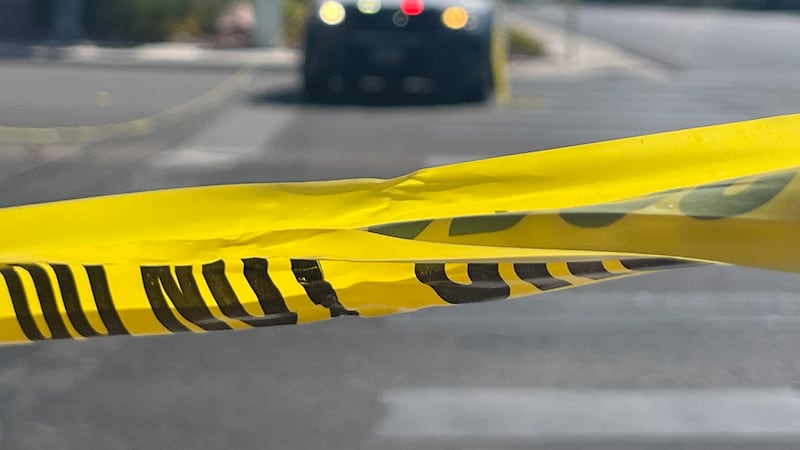“Mapping vehicles” now roaming streets to collect data to improve Las Vegas infrastructure
LAS VEGAS, Nev. (FOX5) - Whether it be traffic signals, lights, or school flashers the City of Las Vegas is collecting data to see where improvements are needed to ensure better safety.
The city is partnering with a company called Cyclomedia which supplies the vehicle that uses radar and lidar technology and can take 360 photos to see where changes are needed.
“How can we make sure that we are serving the public to the best of our abilities and being able to have those response times that will keep traffic moving and keep our citizens aware of what is going on the roadways,” Assistant city traffic engineer Joseph Norby.
Assistant city traffic engineer Joseph Norby said it has been over 20 years since the city last took a deep dive into what needs improvement.
“A lot of our infrastructure ages,” said Norby. “We live in a city that sees a lot of sun and as a result, a lot of our street signs take a beating from the sun and some fade.”
Norby said, not only does infrastructure age, but things like signs or signals can go missing.
“The sign could’ve got knocked down, who knows how long ago,” said Norby. “We can go back through some imagery captured through this vehicle and say oh that was a no parking sign, we need to go and get that replaced.”
In total, the city has 55,000 streetlights, 225 school flashers and 65,000 signs.
“If we look at some of our signs and I can’t tell if it is a no parking sign a no speeding sign or a road crossing sign, then it really puts our users in a vulnerable position,” said Norby.
Norby said the city is using dollars from roadway maintenance funds to complete this data project.
The mapping vehicle will be driving through city streets for a total of 6 weeks. Once completed, all the data will be processed and given to the city in early 2023.
Copyright 2022 KVVU. All rights reserved.








